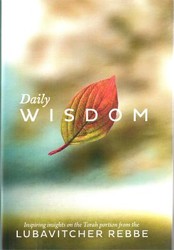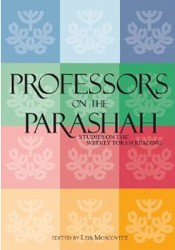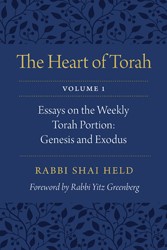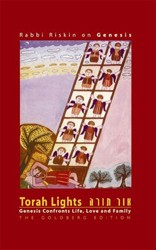Abraham Joshua Heschel was born one hundred years ago into an eminent rabbinic dynasty, whose ancestors included great Torah scholars and Chassidic masters. Yet, Heschel chose a unique path for himself, as a theologian, a philosopher and a social activist, ultimately excelling in all those endeavors.
Including The Prophets, The Sabbath, Man is Not Alone, and perhaps his most famous work, God in Search of Man, this body of literature has led many to consider Heschel one of the most significant theologians of the 20th century. But until now, Heschels’ magnum opus, his ambitious three-volume “Torah Min HaShamayim BeAspaklariah shel HaDorot” has been largely inaccessible to all but the most advanced scholars of rabbinic Hebrew and discourse.
With the publication of Rabbis Gordon Tucker and Leonard Levin’s slightly abridged and yet still-hefty translation of Heschel’s masterpiece, Heavenly Torah: As Refracted through the Generations, this is destined to change.
The translators have skillfully transformed Heschel’s complex study of the doctrine of “Divine revelation,” into an accessible text for students and scholars alike. The translation itself is clear and avoids archaic renditions of difficult texts. Importantly, the translators are careful to remain faithful to Heschel’s original Hebrew work.
Tucker and Levin deserve great credit for bringing this brilliant work to the modern student of Jewish theology, and especially for their masterful “unpacking” and contextualization of Heschel’s scholarly arguments.





